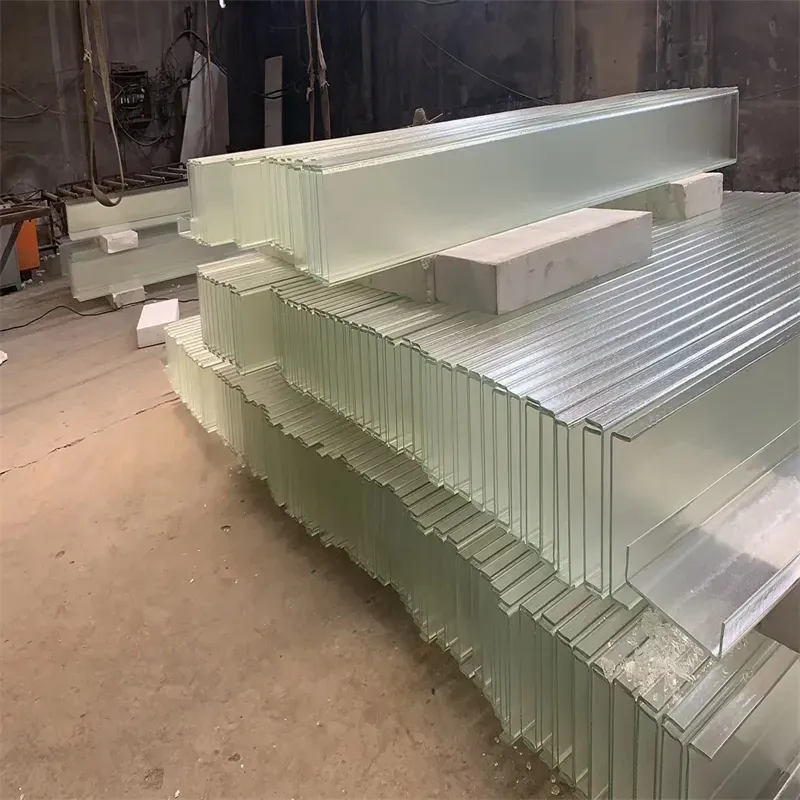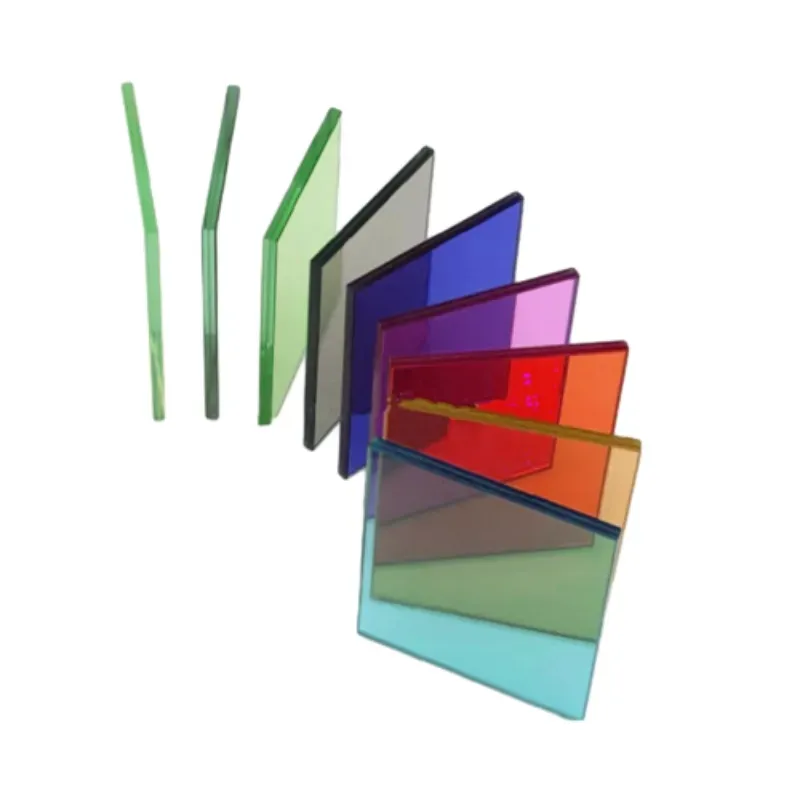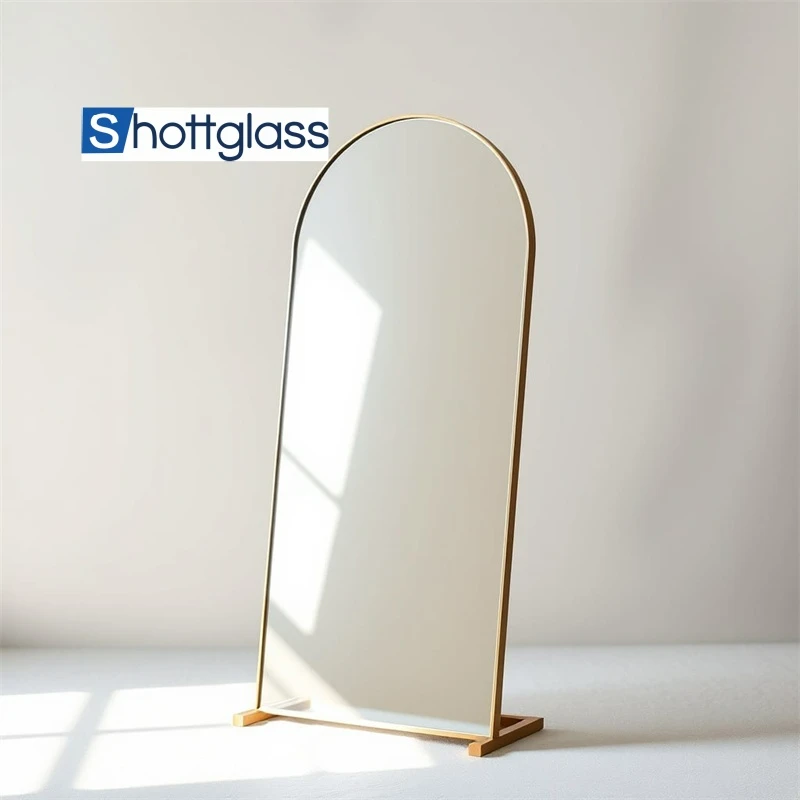Apr . 09, 2025 17:03 Back to list
U Glass Detail in Modern Architecture
Architectural glass has undergone significant advancements, offering solutions that combine functionality, durability, and aesthetic appeal. Among these, U-glass detail—also referred to as U-profile glass or U-shaped glass—stands out due to its unique structural properties and versatility in design. This article explores the key aspects of U-glass detail, including its applications, benefits, and variations in contemporary construction.
U Glass Detail in Modern Construction
U-glass detail is a rigid U-shaped channel glass that supports wider spans and diffuses natural light, reducing glare. It's perfect for facades, curtain walls, and overhead installations in offices, museums, and homes.
One of the primary benefits of U-glass detail is its adaptability to different lighting and privacy needs. When combined with textured glass patterns or modern obscure glass patterns, it enhances visual obscurity while still permitting ample daylight. This makes it suitable for applications where transparency must be balanced with discretion, such as in healthcare facilities, corporate offices, and residential partitions.
Additionally, U-glass detail can be manufactured with varying thicknesses and glass types, including tempered, frosted, or insulated options. Tempered U-shaped glass offers increased safety by shattering into small, blunt pieces rather than sharp shards, while frosted versions provide a gorgeous finish and outlook. These properties make it a preferred choice for high-traffic public buildings, schools, and commercial spaces where safety and aesthetics are priorities.
Another advantage is its thermal performance. When used in double-glazed configurations, U-glass detail improves energy efficiency by reducing heat transfer. This is particularly beneficial in climates with extreme temperatures, as it helps maintain stable indoor conditions while lowering heating and cooling costs.
Applications of U Glass Detail in Architectural Design
The versatility of U-glass detail allows it to be utilized in numerous architectural applications, from interior partitions to exterior facades. One common use is in glass brick partition systems, where U-shaped channels are stacked horizontally or vertically to create semi-transparent walls. These partitions are popular in offices, hotels, and retail environments, as they provide spatial division without sacrificing an open, airy aesthetic.
In greenhouse construction, U-glass detail is often paired with greenhouse tempered glass panels to create durable, light-diffusing structures. The U-profile helps distribute sunlight evenly, preventing hot spots that could damage plants, while the tempered glass ensures resistance to impact and thermal stress. This combination is particularly effective in commercial greenhouses, botanical gardens, and residential conservatories.
For industrial and security-focused projects, wire mesh glass panels can be integrated with U-glass detail to reinforce structural integrity. The embedded wire mesh enhances impact resistance, making it suitable for factories, stairwells, and fire-rated partitions. This hybrid solution meets stringent safety standards while maintaining transparency where needed.
Another growing application is in skylights and overhead glazing. The inherent strength of U-shaped glass allows it to span wider areas than conventional flat glass, reducing the need for supporting frameworks. This results in cleaner, more minimalist designs with uninterrupted natural lighting—ideal for atriums, shopping centers, and transportation hubs.
Variations and Customization Options for U Glass Detail
Architects and designers can select from a wide range of U-glass detail variations to suit specific project requirements. One popular customization is colored patterned glass, which introduces decorative elements while maintaining functionality. This option is frequently used in artistic installations, feature walls, and branded corporate interiors, where color and texture play a key role in the design language. For projects requiring enhanced privacy, textured glass for windows can be incorporated into the U-profile. The texture obscures visibility while still allowing diffused light transmission, making it ideal for bathrooms, conference rooms, and residential exteriors. Patterns range from subtle frosted effects to bold geometric designs, offering flexibility in aesthetic expression.
In environments where solar control is a priority, tinted glass sheet options can be integrated with U-glass detail to reduce heat absorption. Tinted variants, available in bronze, gray, blue, and green, help regulate indoor temperatures by blocking a portion of solar radiation. This is particularly useful in regions with intense sunlight, as it minimizes reliance on artificial cooling systems.
U-glass detail is a highly adaptable architectural solution that merges structural performance with design flexibility. With customization options, it meets diverse functional and aesthetic needs. As modern architecture continues to prioritize sustainability, safety, and visual appeal, U-shaped glass remains a forward-thinking choice for innovative construction. Architects can design efficient and appealing spaces using unique properties. It is the reason why U-glass has gradually become a common glass material in modern architecture.


-
Types of Reflective Glass
NewsNov.17,2025
-
What Is Dichroic Glass?
NewsNov.17,2025
-
Smart LED mirrors can have touch controls
NewsNov.17,2025
-
Laminated glass improves energy efficiency
NewsNov.17,2025
-
Insulated glass enhances building comfort
NewsNov.17,2025
-
Acid etched glass offers elegant privacy
NewsNov.17,2025
Related PRODUCTS














